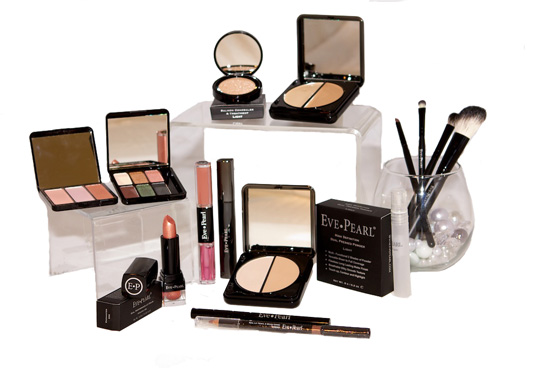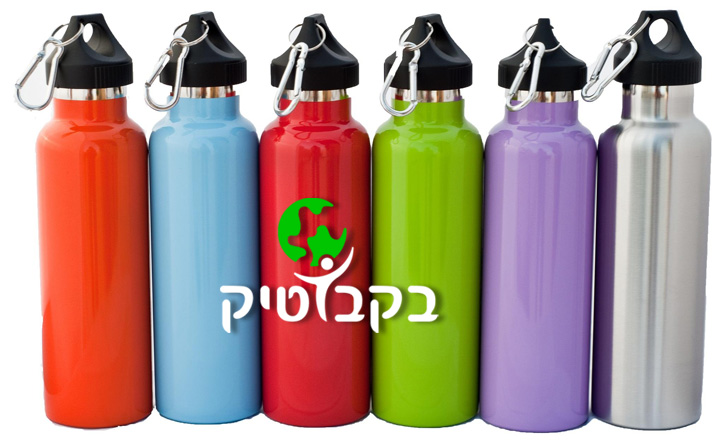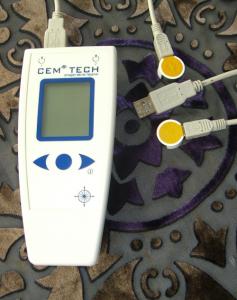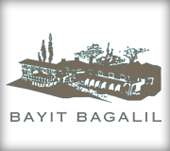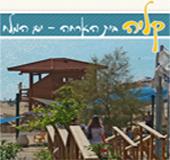Traveling in Israel
The heat of the summer has approached us putting us in vacation mode. Most people often take off some time in the summer to go on trips to various locations. How people spend their vacation is to their preferences. Some people like to sit at home and recharge while others may want to take advantage of their allotted time off to travel, go on excursions, visit family/friends, go to hotels, shop, or to visit new places. Depending on the location, there are several ways people can travel. Some like to fly while others go on road trips. If you don’t own a car or can’t afford to fly, other transportation options are available such as busses and trains.
Israel has always been a standout
destination. From the days of prophets to the modern day nomad this tiny slice
of land on the eastern Mediterranean has long attracted visitors. While some
arrive in the 'Holy Land' on a spiritual quest, many others are on cultural
tours, beach holidays and eco-tourism trips. Israel has a variety of vacation
spots to choose from in pursuant to your preference.
Most of the places to
visit in Israel are safe. While many tourists and business people visit Israel without problems,
there still remains a general threat of terrorism. Attacks cannot be ruled out and
could be indiscriminate, including in places frequented by expatriates and
foreign travelers. For safety reasons, tourists are advised to avoid traveling
to PA controlled territories. While both
Hamas and Israel have announced cease-fires in regards to the conflicts in
Gaza, the significant threat of internal violence is still at high. Palestinian
Arabs continues to launch rocket attacks from Gaza as Israel carries out air
strikes in retaliation. Plus travelers from the West are warned of possible
attacks and kidnapping attempts against them. The security situation is due to
change and tourists should maintain a high vigilance and seek travel advice
when traveling to Jerusalem or the West Bank.
When traveling to surrounding Arab
countries, Travelers should note that both Syria and Lebanon refuse entry to
travelers who have evidence of a visit to Israel in their passport. Evidence
can include an Israeli visa, Israeli border stamps or any visa purchased in
Israel. It can also include Jordanian or Egyptian border stamps that indicate
the traveler crossed to/from Israel. Border authorities will stamp separate
slips of paper upon request. Jordanian visas can be obtained at the Yitzhak
Rabin and Jordan River border crossings, but not at the Allenby Bridge border crossing.
Travelers crossing Allenby Bridge should arrange their visas in advance, either
through a tour operator or in person at a Jordanian embassy or consulate.
Tourists have a selection of accomodations to choose from.
Hotels:
There are about 350 hotels in Israel. Prices vary according to season and region. It is best to book months in advance for Israel's high season and for religious holiday periods.
Bed and breakfast:
Across Israel, many private families have converted their homes into bed & breakfasts, known as zimmers. Some are simple rooms with a shared bathroom; others are private bungalows with kitchenettes and all mod cons. For details and addresses of zimmers in Jerusalem, contact the Home Accommodation Association of Jerusalem (see Accommodation Information below).
Camping:
The fine climate makes Israel a good country for camping, with campsites providing a touring base for each region. They offer full sanitary facilities, electric current, a restaurant and/or store, telephone, postal services, first-aid facilities, shaded picnic and campfire areas, and day and night security guards. They can be reached by bus, but all are open to cars and caravans. Most have tents and cabins, as well as a wide range of equipment for hire. All sites have swimming facilities either on-site or within easy reach.
Other accommodation:
There are about 20 hostels in Israel. They can be dormitory, family bungalows, guest house standard rooms, huts or modern cubicles and they are scattered all over the country in both urban and rural areas.
Located mainly in places of Christian interest, some 30 Christian hospices room and boards go at low rates. Although preference is given to pilgrimage groups, most accommodate tourists. They vary greatly in size and standards but all offer tourists basic accommodation in situations where hotels are full. Details are available from the Israel Government Tourist Office .Apartments and individual rooms are available on a rental basis throughout Israel.
Places to visit in Israel
Beaches are one of the most vacation spots in Israel.There are plenty of sandy, well-equipped beach resorts where you can sail, surf, swim or waterski or just sunbathe either at Eilat on the Red Sea, along the Mediterranean or even in Tel Aviv minutes from the city centre.
The waters off Eilat are rich in coral and perfect for some underwater sightseeing. Scuba or snorkel on underwater trails, take a submarine tour, or just marvel at the scene through the windows of the Eilat's amazing Underwater Observatory.
Lying 1320ft below sea level and spanning the border between Israel and Jordan, the Dead Sea is a natural wonder. It contains more minerals and salt than any other stretch of water in the world, and thus it is possible to float on top of the water. Its natural properties make it a prime centre for spa treatments and relaxation therapies and there are a number of resorts in the area. The Dead Sea has strong Biblical connections: the salt mountain range of Mount Sodom is, according to the Bible, the site of the sinful city that perished alongside Gomorra. In turn, the Dead Sea Scrolls, the oldest Biblical documents known to be in existence, were discovered at Qumran, a restored archaeological site in the north. Masada is also located on the Israeli shores of the Dead Sea. The Ein Gedi Nature Reserve and Kibbutz provides opportunities for spotting desert wildlife and offers trails to waterfalls, canyons, caves and shallow pools. Metzoke Dragot, located in a deep crater, is a popular site for more adventurous sports such as abseiling, climbing (with amazing desert views) and mountain biking.
A trip into the Negev desert is a must-do. There are tours by jeep, on foot or on horseback from the desert town of Mitzpe Ramon and from the Red Sea resort of Eilat.
Jerusalem's Old City is entered through the impressively fortified Jaffa Gate. David's Tower on the right is a must. Its brilliant displays vividly tell the history of the city. The rooftop gives a glorious vista towards Temple Mount. Explore the distinct bustling market streets, shopping lanes and quiet back alleys of the four very different Old City Quarters - Jewish, Muslim, Christian and Armenian.
Fling yourself into Tel Aviv's fascinating Shuk HaCarmel, or Carmel Market, brimming with spices, fresh produce, cut flowers and trinkets galore. In Jerusalem, you can haggle for anything from bargain souvenirs to real gold jewelry at open-fronted Arab stores along the Street of the Chain, the main market street in the Old City. Side turnings lead into even more exotic market streets.
Music, textiles, reconstructions and film footage at the Museum of the Jewish Diaspora convey the cultural diversity of the Jewish people during the 2,000 years of worldwide diaspora. Have fun while learning about Israel's kaleidoscope of history at the fascinating seafront ruins of Caesarea, once a great Roman city, with later Byzantine and Crusader sections. Wander marked paths or visit the Caesarea Experience multimedia presentation.
The Western Wall, known to non-Jews as the Wailing Wall, is a 488m (1,601ft) stretch of wall which is all that remains of the Second Temple of Jerusalem.
The most sacred Jewish place in the world, it attracts thousands of devout Jews every year who come to pray, and push prayer notes and messages of goodwill into the cracks of the wall.
The wall was built more than 2,000 years ago under King Herod, and has been under Israeli control since 1967. It is also sacred to Muslims who believe that the wall marks the place where the prophet Mohammed tied up his winged horse, al-Burak, before ascending to heaven. It has been divided into two sections of prayer, the left for men and the right for women, and forms part of a larger wall surrounding the Dome of the Rock and Al Aqsa Mosque.
Situated along one side of a vast plaza at the bottom of Temple Mount is the historic Western Wall. Also historically known as the Wailing Wall, you will hear the sounds of Jews chanting lamentations on Tisha b'Av, the annual fast, mourning the destruction of the Temple. The Western Wall, constructed of massive rough blocks of golden stone, is a remnant of the outer retaining walls of the Second Temple as reconstructed by Herod in 30BC (the First Temple, constructed by Solomon, occupied the same site but was destroyed by the Babylonians).
Any man or woman may enter their respective section, provided men have their heads covered and women are modestly dressed. The Wall can be reached either through the Dung Gate or through the Jewish Quarter of the Old City.


